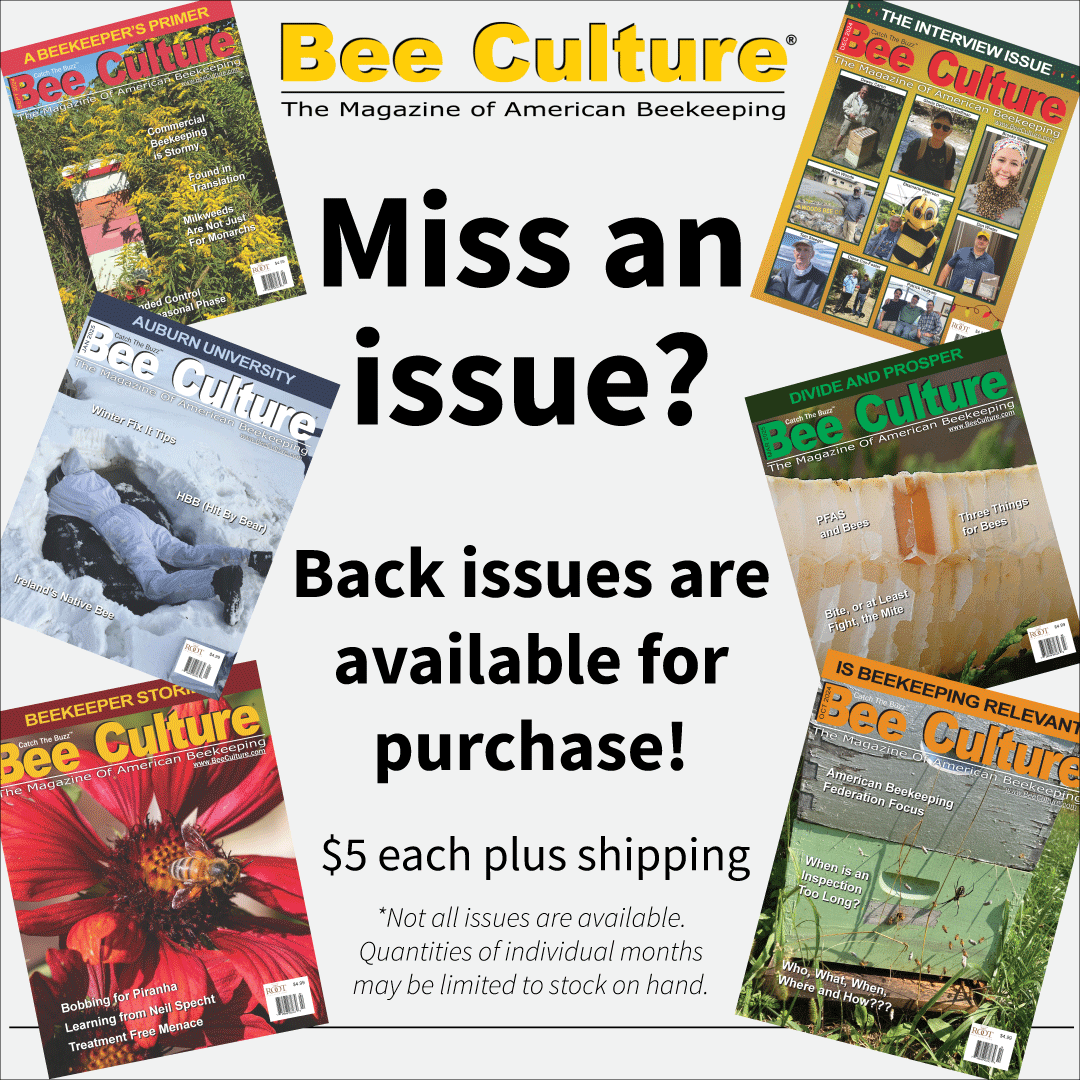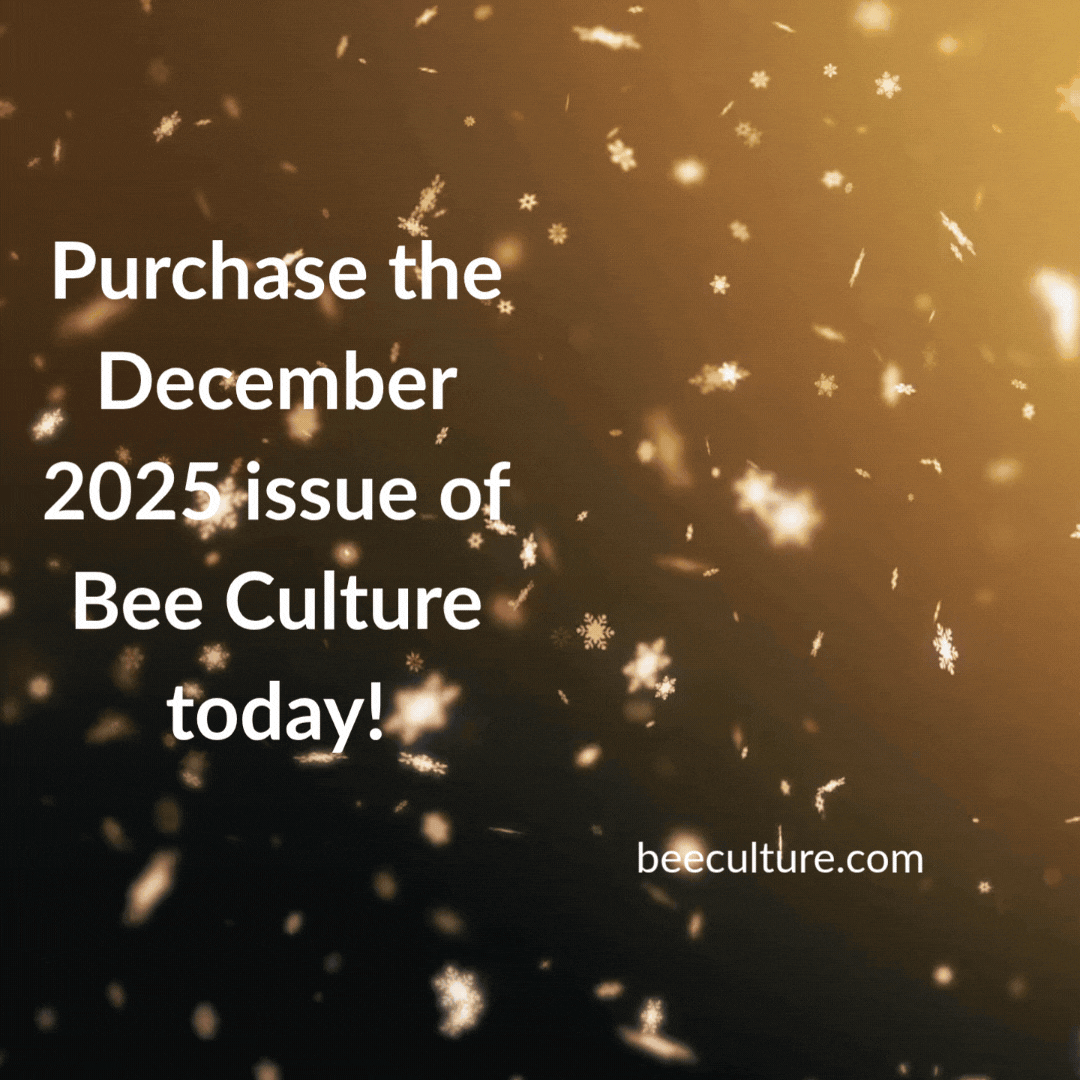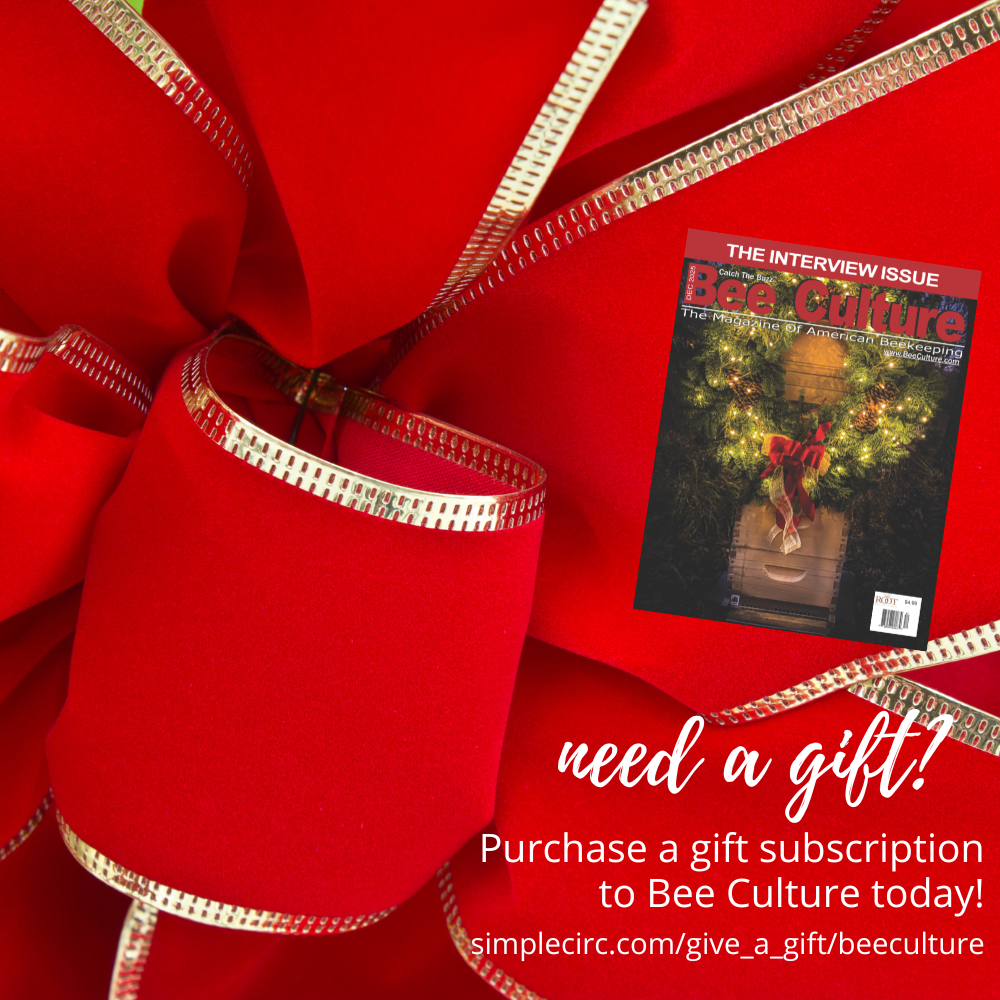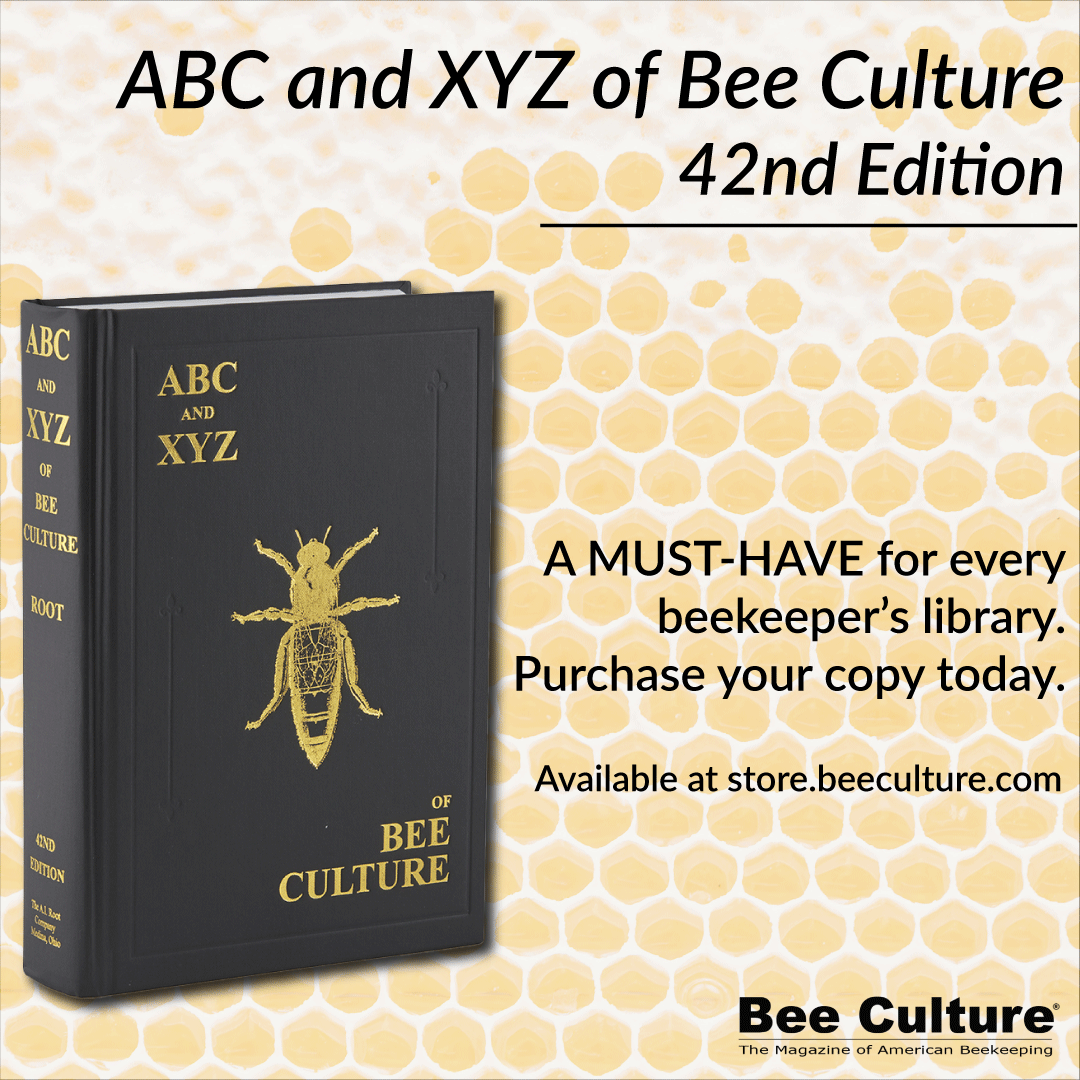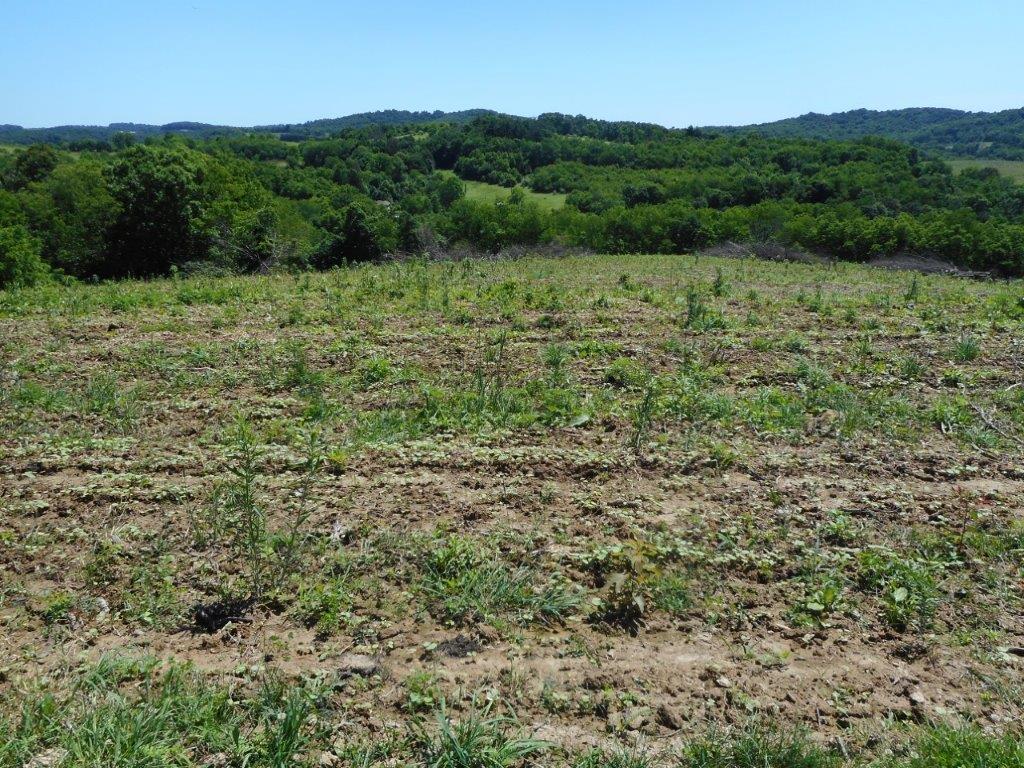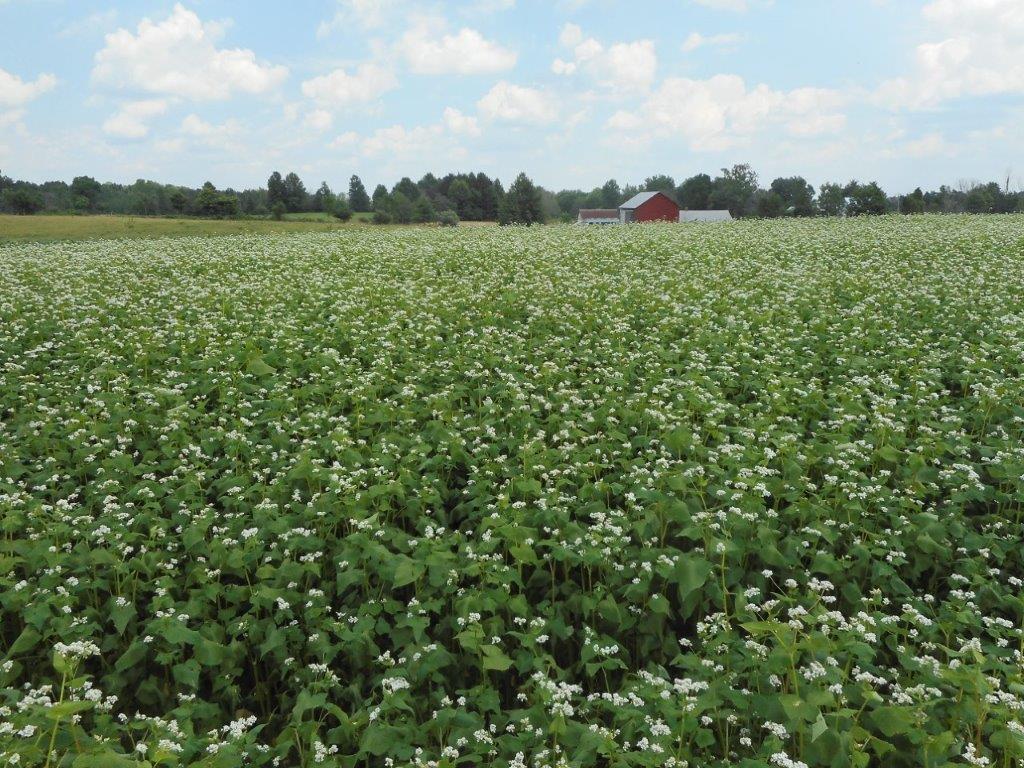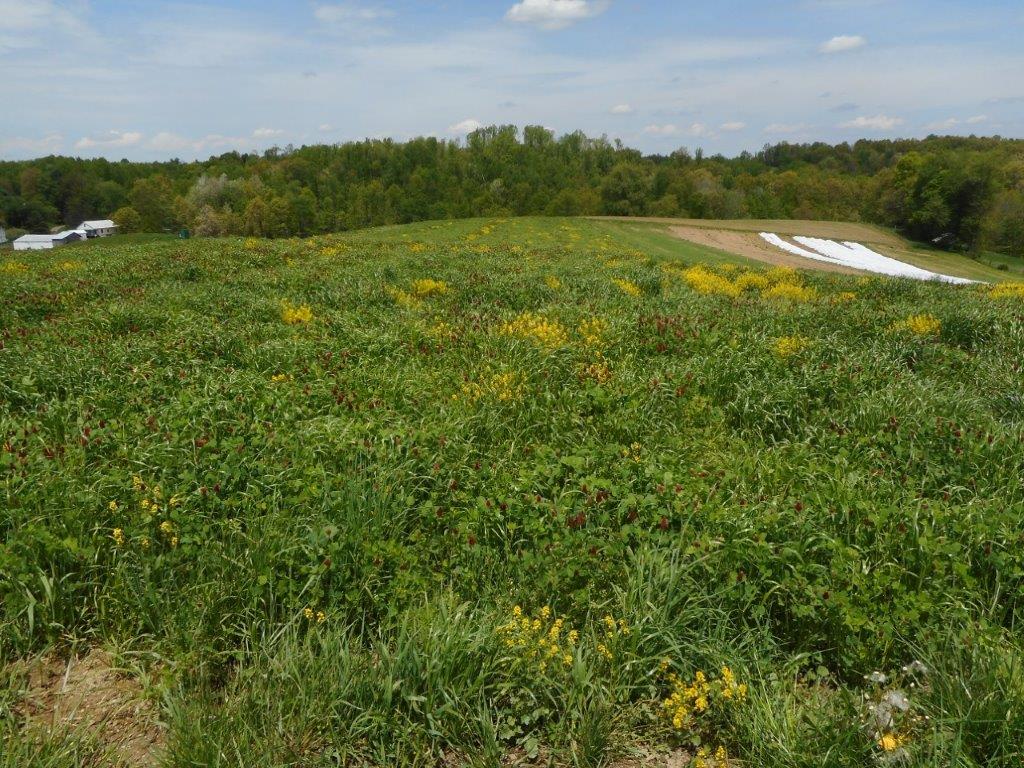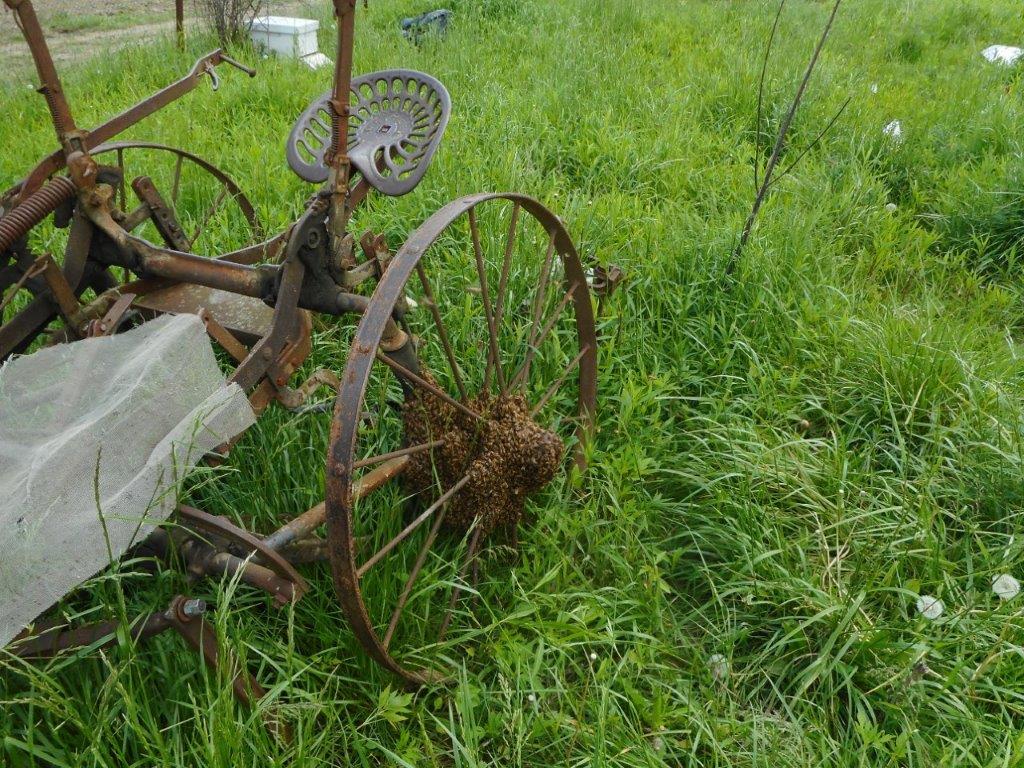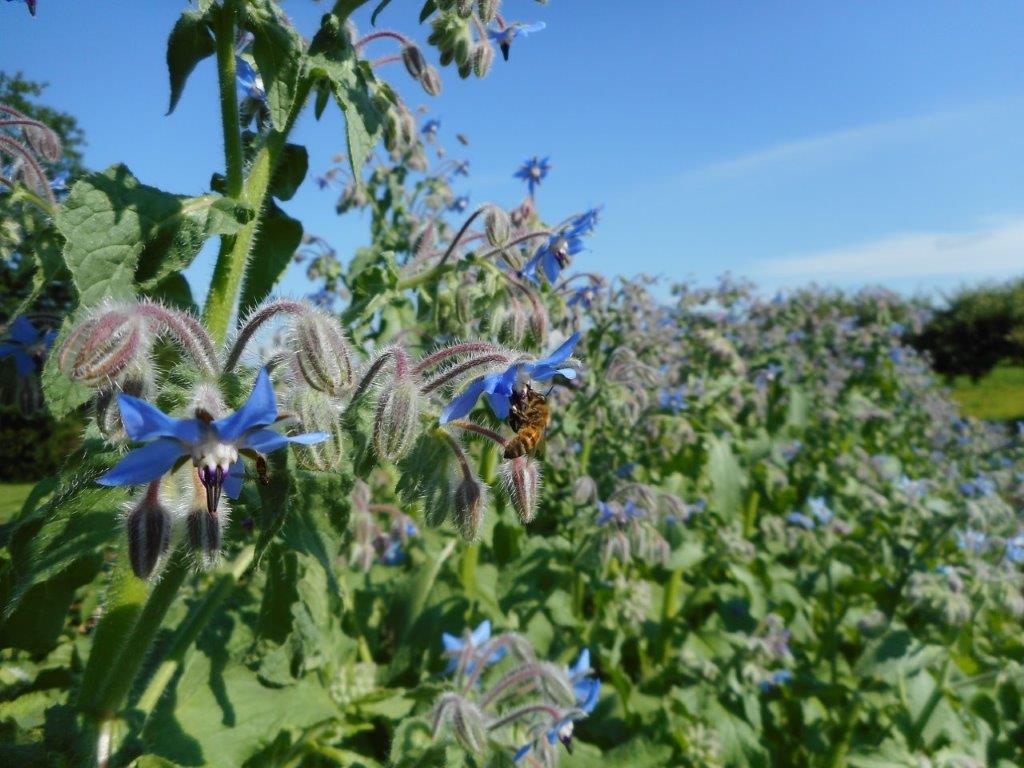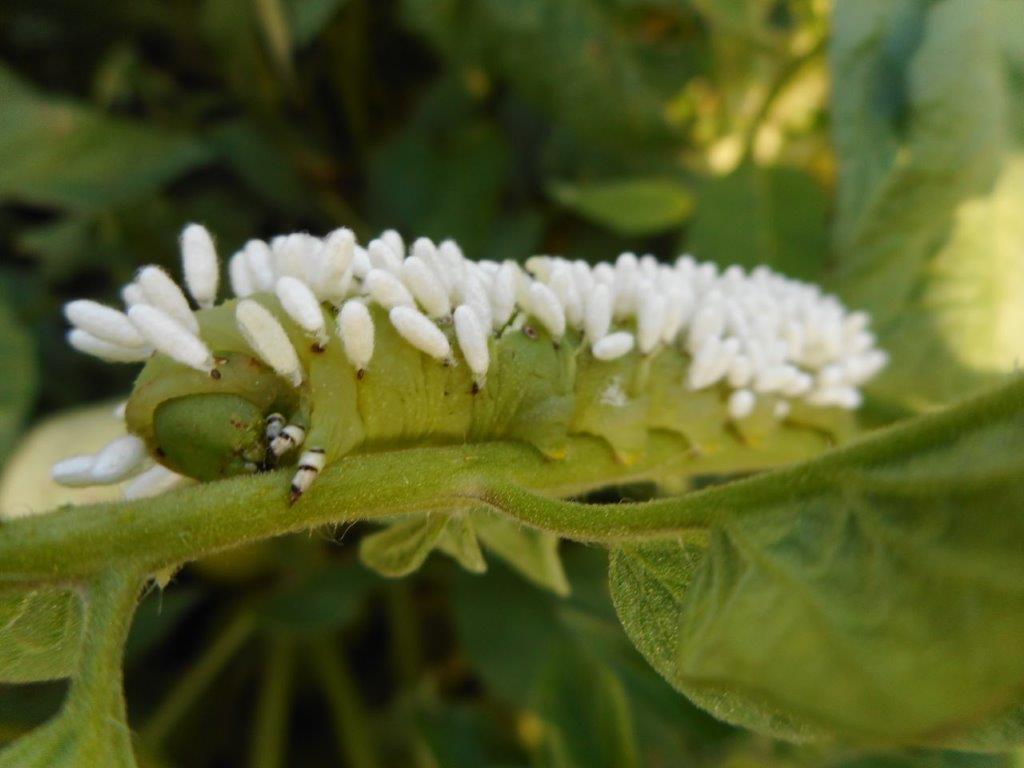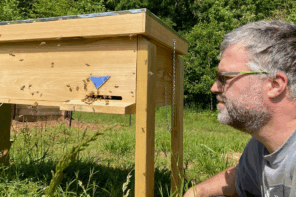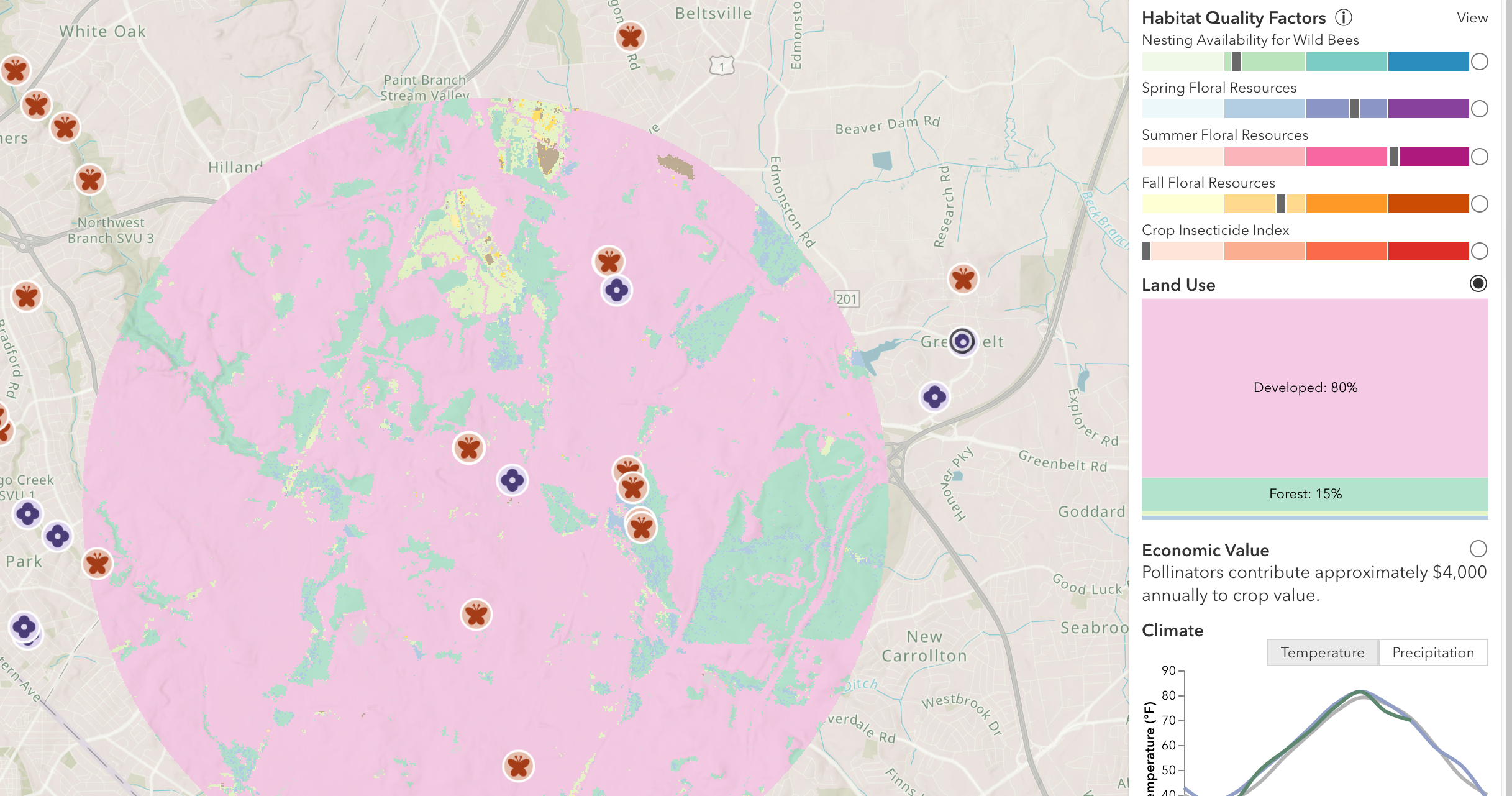Aaron Weaver
As we know, our bodies work best if we are on a balanced diet. We are of the soil, therefore a soil that is well balanced will provide bees with healthy nutritious pollen and nectar. In today’s farming, many acres of corn and soybeans are grown in the same fields year after year. There are very few earthworms and other microbes in the soil. Liquid manure is spread on fields at a high rate suffocating the microbes that were still present in the soil. Back when I started beekeeping most of my neighbors were spraying with herbicides. Today there are around 500 acres certified organic in my area. The bees are healthier throughout the year if I control the mites. I work with farmers throughout Ohio and surrounding states on balancing their soils, by doing soil tests with a lab to see what kind of minerals they need in their soils.
Most fields in my area are high in calcium, high in magnesium, low in phosphorus, low in potassium and low in sulfur.
Minerals in the soils have a positive and negative charge; too much of one or the other ties them up and they are not available to the plants. Animal manure can be used as a soil amendment, but you can add value by composting it for a year or so. It will be partially broken down and the microbes will not have to work as hard to make the nutrients available to the plants. Adding elemental sulfur will help loosen the soil colloids and provide proteins in high magnesium soils. Boron is a trace mineral that will help transport other minerals through the plant. But if you apply too much, it becomes toxic to the plants. We also recommend a humate to feed the microbes that are in the soil to keep everything working. Farmers are also seeing the benefits of planting cover crops rather than having bare ground and topsoil being blown away in the Wintertime. Cover crops also provide pollen and nectar for your bees and provide certain nutrients to the soil. Buckwheat provides some phosphorous. Rape, which is a brassica, provides some sulfur. Legumes fix nitrogen. Some farmers are using nine different varieties of seeds mixed together. If you walk into a field like that in September, it is very much alive with all kinds of pollinators and all kinds of microbes underground. We again have fence rows and woodlot edges that are blooming with native plants especially golden rod and asters in the Fall. Streams are fenced off to the livestock which now have trees and shrubs growing on the banks and plants that are in bloom most of the Summer. The pastures have a nice amount of white clover which increases the honey flow. I put some bees on organic produce farms for pollination. They are incorporating some buckwheat or mustard between the vegetables to hold the nutrients and help keep the soil cool so the microbe population is thriving. The squashes provide pollen and some light colored honey. They are not spraying insecticides that kill the bees. I also scout the vegetable fields throughout the season for diseases and pests. A balanced soil is very noticeable. So there are a few farmers out there that are seeing the values of farming in harmony with our bees and nature.
Author Bio
Aaron Weaver is from Northeast Ohio and works for Green Field Farms co-op as a field coordinator and agronomist. He has been beekeeping for 15 years and has an orchard and berries at home.


